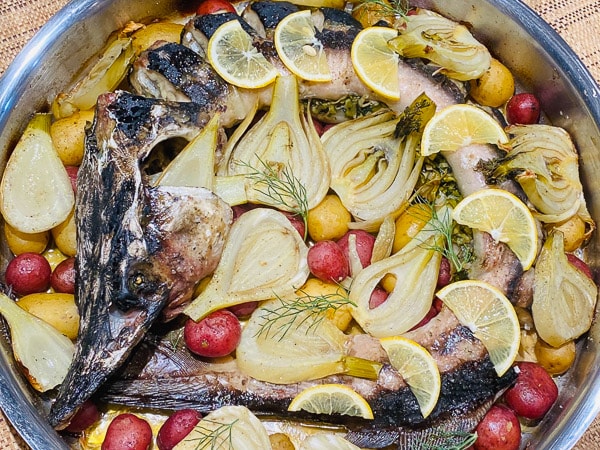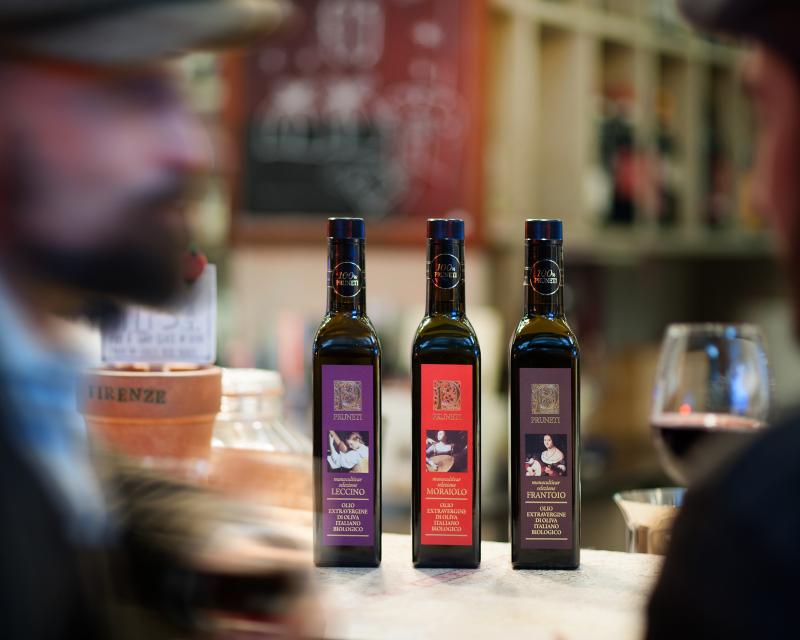Exploring Umami: The Fifth Taste Sensation
In the world of taste, we are familiar with the quartet of sensations: sweet, sour, salty, and bitter. However, the culinary arts present a mosaic of flavors, each evoking a distinct experience. The taste of umami, described as savory and meaty, may not be as instantly recognizable as sweet or salty, but it is just as important in creating a delicious and satisfying dish. This comprehensive guide to umami delves into its origins, its significance in cooking, and how to incorporate it into your everyday culinary repertoire, ensuring your dishes not only taste good but also leave an indelible mark on the palate of your guests.
What is Umami?
Umami, a loanword from Japanese which translates to "pleasant, savory taste," was first identified by Kikunae Ikeda, a Japanese chemist, in the early 20th century. It is often described as rich and full-bodied, imparting a deepening of flavor that's hard to put into words.
Umami is the taste of glutamate, an amino acid found naturally in many foods and a source of much debate in the culinary world. Some consider umami to be the fundamental dimension of our food palates, in addition to sugar, salt, and acids.
Umami Sensation
When you bite into a ripe tomato fresh from the vine and experience that rich, round flavor, you're tasting umami. The same goes for the earthy essence of mushrooms or the tang of aged parmesan.
Umami in Culinary History
Historically, Western cuisines have been known to underplay umami flavors, often overshadowed by salt, sugar, and fat. However, cultures such as the Japanese and Chinese have long respected and cultivated umami's role in their traditional dishes.
Discovering a New Flavor
The official recognition of umami as a distinct taste by the scientific community happened gradually. It was formally acknowledged in the 1980s, thanks to the findings of Umami Research Division of the Ajinomoto Corporation in Japan.
This breakthrough changed the way we understand taste, especially in the culinary arts, and it showed that umami is not just a concept with wide implications for nutrition and health.
Umami Flavor Profile
Umami-rich foods are often high in natural glutamate and nucleotides, which contribute to the strong umami flavor. While some ingredients are obviously umami-packed, it's also the combination of subtler sources of umami that can truly elevate a dish.
Umami Star Players
- Foods rich in umami include tomatoes, aged cheeses, sea vegetables, and meats, particularly those that have been cured, aged, or slow-cooked.
- Fermented foods such as soy sauce, miso, and fish sauce also boast significant umami profiles.
- When you combine umami-rich foods, the result is often a dish with a robust, mouthwatering flavor that seems to have more depth and character.
Umami in Cooking
Understanding umami and how to wield its power effectively can enhance the way you cook, leading to dishes that are more nuanced and interesting.
Enhancing Umami in Dishes
There are several ways to boost the umami in your cooking:
- Broths and stocks: The cornerstone of many dishes, a rich stock can add significant umami to your soups, stews, and sauces.
- Cured and dried ingredients: Consider using preserved and aged foods. Think bacon, dried mushrooms, or aged parmesan.
- Fermented foods: Fermentation intensifies the umami taste, making ingredients like miso and soy sauce umami powerhouses.
Umami Pairings
Umami-rich foods can complement a variety of flavors. For instance, the sweetness of caramelized onions pairs beautifully with the saltiness of brothy umami, while the acidity of a ripe tomato can cut through the richness of umami meats.
Across Various Cuisines
Different cuisines emphasize umami in different ways. Italian cuisine, for example, often employs ripe tomatoes and aged Parmigiano Reggiano, while umami takes center stage in Japanese dashi, a broth that forms the base of many dishes.
Health Benefits of Umami
Umami might provide more than just a fulfilling meal. Some studies suggest that certain components associated with umami-rich foods could offer health advantages.
Nutritional Value
The foods that contain the highest levels of umami tend to be nutrient-dense, such as fish and vegetables. In this way, incorporating umami into your diet can also mean improving your overall nutrition.
Potential Health Benefits
Glutamate has been explored for its role in sensory perception, taste function, and its potential ability to enhance the flavors of food and decrease the need for added salt and sugar. This could have significant implications for conditions related to excessive salt and sugar intake.
Umami in Everyday Cooking
No cooking knowledge is complete without a thorough understanding of umami. Here are some practical tips on how to integrate umami into your regular cooking routine.
Home Cooking Hacks for Umami
Experimenting with umami can be as simple as grating fresh parmesan over your pasta or adding a dash of soy sauce to your stir-fry. These small additions can make a big difference in the taste of your dishes.
Creative Use of Ingredients
Consider signage of umami notes in unexpected dishes; a sprinkle of nutritional yeast in your popcorn or a pinch of kombu in your next pot of risotto.
Flavor Balance
Remember that umami isn't about overpowering other flavors; it's about balance. A well-executed umami-rich dish will have layers of taste that work in harmony.
Umami-Rich Tomato and Mushroom Bruschetta
Perfect as an hors d'oeuvre or a hearty snack, this recipe brings together two umami giants: tomatoes and mushrooms.
Ingredients
- 1 baguette, sliced into 1/2-inch pieces
- 2 cups ripe cherry tomatoes, quartered
- 1 cup shiitake mushrooms, finely chopped
- 3 cloves garlic, minced
- 1/4 cup extra virgin olive oil
- 2 tablespoons balsamic vinegar
- 1/2 cup fresh basil, chopped
- Salt and pepper to taste
- Grated Parmigiano Reggiano for topping
Instructions
- Preheat your oven to 375°F (190°C).
- In a bowl, mix together tomatoes, mushrooms, garlic, olive oil, balsamic vinegar, basil, salt, and pepper.
- Arrange baguette slices on a baking sheet and toast in the oven for about 5 minutes, or until golden brown.
- Spoon the tomato and mushroom mixture generously onto each bread slice.
- Sprinkle grated Parmigiano Reggiano over the top of each bruschetta.
- Return to the oven and broil for 3-4 minutes, or until the cheese is melted and bubbly.
- Serve warm, and enjoy the rich, savory essence of umami in every bite.
Savory Miso-Glazed Salmon

This main course features the umami flavor of miso, paired with the rich taste of salmon for a simple but elegant meal.
Ingredients
- 4 salmon fillets, skin-on
- 1/4 cup white miso paste
- 2 tablespoons mirin
- 2 tablespoons sake or white wine
- 1 tablespoon soy sauce
- 1 teaspoon sesame oil
- 1 teaspoon sugar
- Green onions, thinly sliced for garnish
- Sesame seeds for garnish
Instructions
- In a small bowl, whisk together miso paste, mirin, sake or white wine, soy sauce, sesame oil, and sugar until smooth.
- Brush each salmon fillet with the miso glaze, coating evenly on all sides.
- Marinate the salmon for at least 30 minutes in the refrigerator.
- Preheat your broiler and line a baking sheet with aluminum foil.
- Place salmon fillets on the prepared baking sheet and broil for about 10-12 minutes, until the glaze is caramelized and the salmon is cooked through.
- Garnish with green onions and sesame seeds before serving.
- Enjoy the delectable umami flavors married with the natural richness of the salmon.
Conclusion
As we've explored, umami undeniably adds a significant dimension to the world of taste and food. Embracing umami can lead to more creative, flavorful, and healthier cooking. Whether you're a seasoned chef or an amateur foodie, the pursuit of umami is a delightful journey that promises to open up a world of culinary possibilities. With a dash of knowledge and an adventurous spirit, your dishes can resonate with the rich, resonant flavor that only umami can provide.
Understanding and experiencing umami enriches the way we eat and enjoy food, encouraging us to be more precise and inventive in the kitchen. So, go ahead, create an umami masterpiece that tantalizes both the tongue and the mind.






